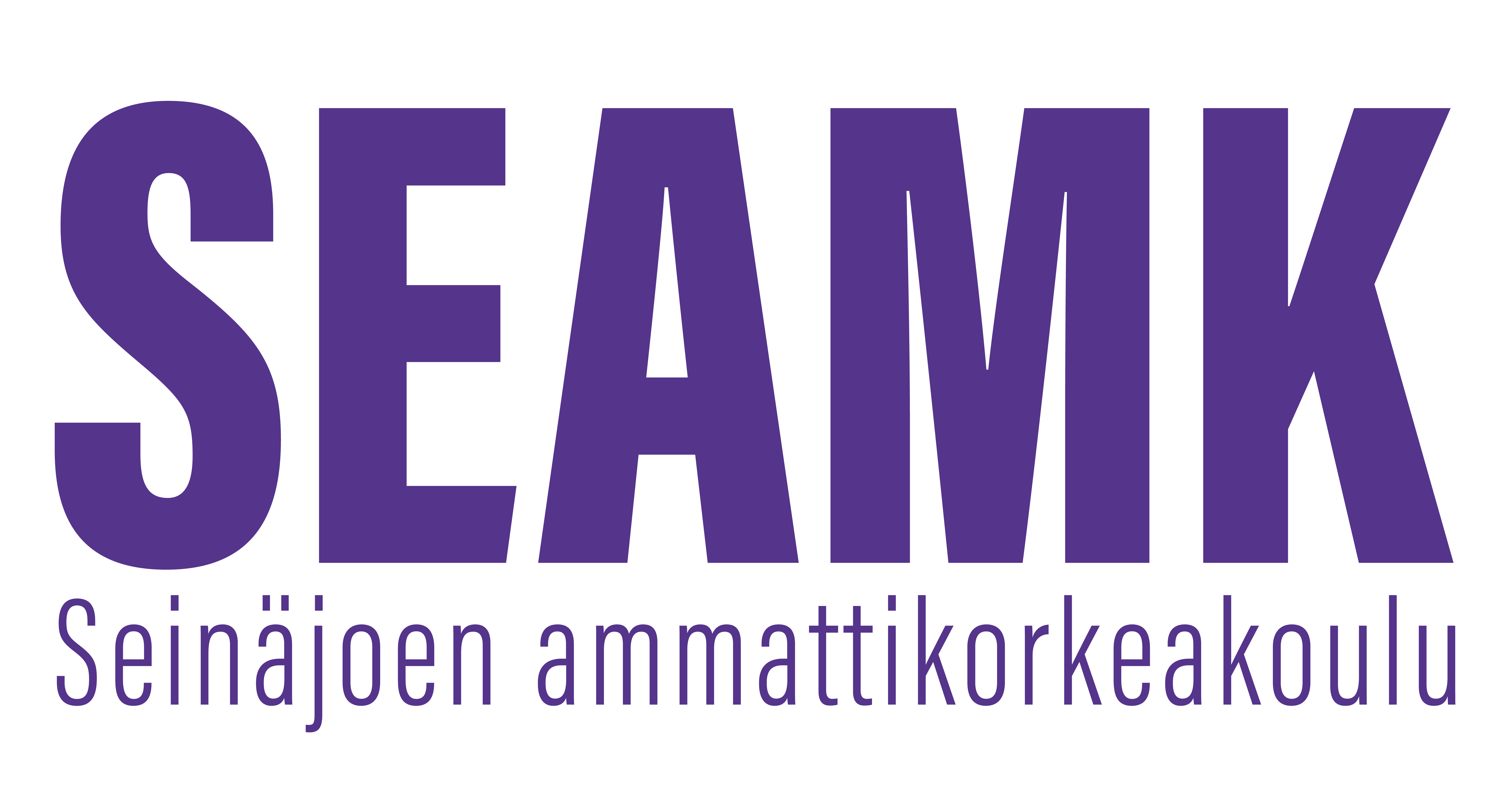Kohtaamistaiteen perusteet (5op)
Opintojakson tunnus: BE00CI27
Opintojakson perustiedot
- Laajuus
- 5 op
- Opetuskieli
- suomi
Osaamistavoitteet
Opintojakson suoritettuaan opiskelijalla on perustiedot kohtaamistaiteen historiasta, filosofiasta ja toimintaympäristöistä. Hän tunnistaa kohtaamistaiteen periaatteet, joita ovat kohtaaminen, arvostus, moniaistisuus, struktuuri, vaiheittaisuus ja valintojen teko. Opiskelijalla on valmius kunnioittaa jokaisen ihmisen itseilmaisun ja taidetyöskentelyn merkityksellisyyttä ja iloa. Hänellä on valmiudet hyödyntää kohtaamistaiteessa jaettuja kokemuksia oman ammatillisen kehittymisensä tukena.
Sisältö
- kohtaamistaiteen historia, filosofia ja toimintaympäristöt
- kohtaamistaiteen periaatteet
- kuvataiteet kohtaamistaiteen työmenetelmänä
Arviointikriteerit, tyydyttävä (1)
x
Arviointikriteerit, hyvä (3)
x
Arviointikriteerit, kiitettävä (5)
x
Arviointikriteeri, hyväksytty/hylätty
Opiskelija tuntee Kohtaamistaiteen historiaa, filosofiaa ja toimintaympäristöt. Hän tuntee Kohtaamistaiteen periaatteet käytännössä ja teoriassa. Opiskelijalla on kokemuksia taidetyöskentelystä ja hän kykenee reflektoimaan omaa ja ryhmän prosessia.
- Tuntityöskentely, harjoitukset ja tehtävät. Lopputehtävän tuottaminen
Lisätiedot
Kohtaamistaide on ryhmämuotoista kuvataidetoimintaa erilaisissa sosiaali-, terveys- ja kasvatusalan toimintaympäristöissä. Kohtaamistaiteessa ihminen nähdään yhteisönsä jäsenenä ja toiminnassa korostuu kaikkien aistien käyttäminen. Tekeminen on porrastettu niin, että kokematonkin tekijä pääsee nauttimaan taiteen tekemisen esteettisestä lumosta ja teoksensa arvostavasta katselusta yhdessä vertaisryhmän kanssa. Kohtaamistaide pohjautuu japanilaiseen Clinical Art -menetelmään.
Kohtaamistaiteen perusteet - opintojakson suorittamisen jälkeen opintoja jatketaan10 op laajuisella opintojaksolla. Opintojaksot yhdessä antavat Kohtaamistaiteen ohjaaja -pätevyyden.
